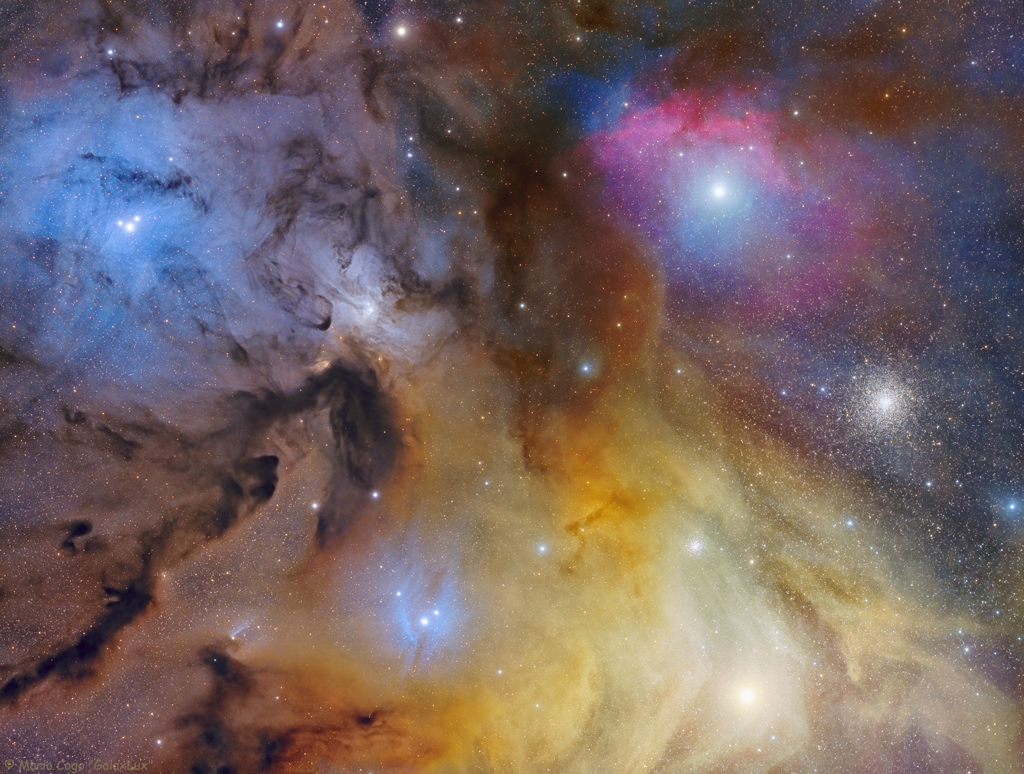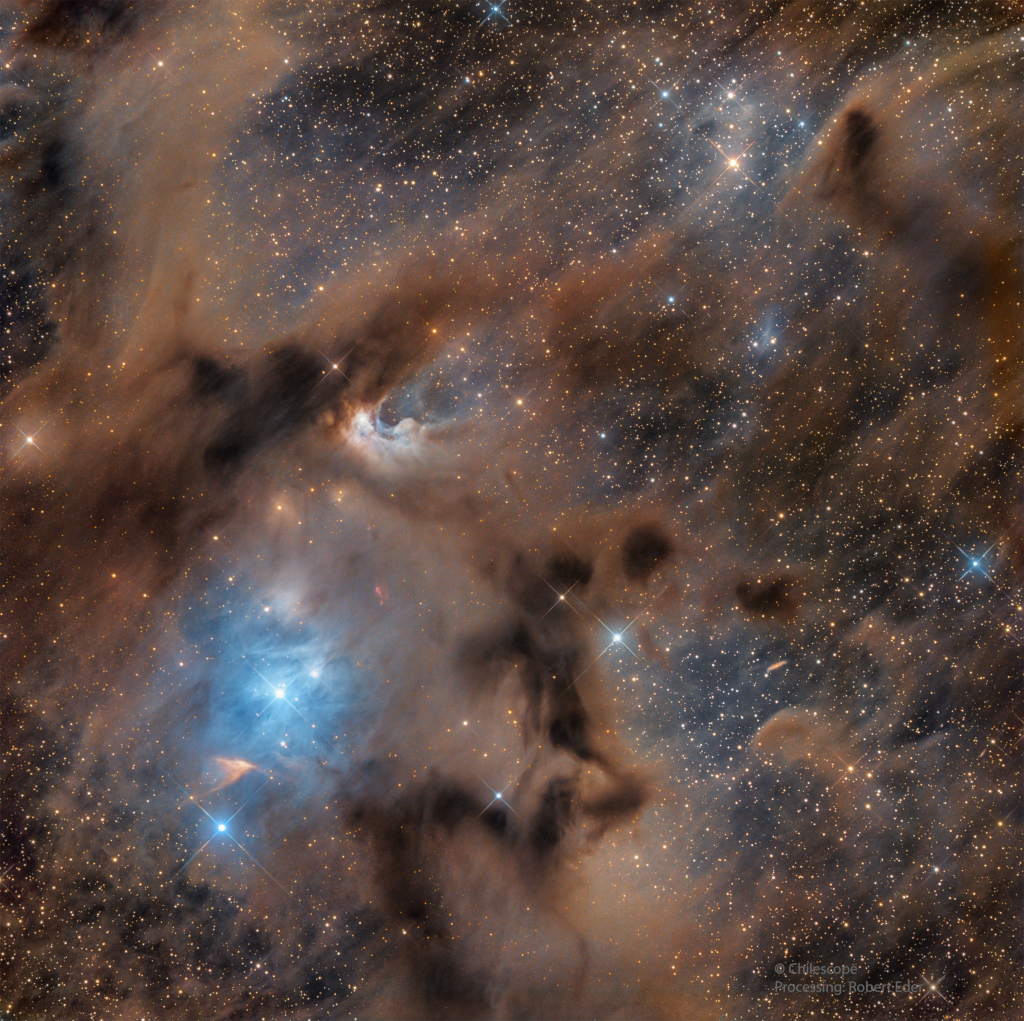 Sometimes both heaven and Earth erupt. Colorful auroras erupted unexpectedly a few years ago, with green aurora appearing near the horizon and brilliant bands of red aurora blooming high overhead. A bright Moon lit the foreground of this picturesque scene, while familiar stars could be seen far in the distance. With planning, the careful astrophotographer shot this image mosaic in the field of White Dome Geyser in Yellowstone National Park in the western USA. Sure enough, just after midnight, White Dome erupted — spraying a stream of water and vapor many meters into the air. Geyser water is heated to steam by scalding magma several kilometers below, and rises through rock cracks to the surface. About half of all known geysers occur in Yellowstone National Park. Although the geomagnetic storm that caused the auroras subsided within a day, eruptions of White Dome Geyser continue about every 30 minutes. via NASA https://ift.tt/aHP4Fxl
Sometimes both heaven and Earth erupt. Colorful auroras erupted unexpectedly a few years ago, with green aurora appearing near the horizon and brilliant bands of red aurora blooming high overhead. A bright Moon lit the foreground of this picturesque scene, while familiar stars could be seen far in the distance. With planning, the careful astrophotographer shot this image mosaic in the field of White Dome Geyser in Yellowstone National Park in the western USA. Sure enough, just after midnight, White Dome erupted — spraying a stream of water and vapor many meters into the air. Geyser water is heated to steam by scalding magma several kilometers below, and rises through rock cracks to the surface. About half of all known geysers occur in Yellowstone National Park. Although the geomagnetic storm that caused the auroras subsided within a day, eruptions of White Dome Geyser continue about every 30 minutes. via NASA https://ift.tt/aHP4Fxl![]()
Northrop Grumman Sends NASA Science, Cargo to International Space Station
A fresh supply of 8,300 pounds of scientific investigations and cargo launched from NASA’s Wallops Flight Facility in Virginia at 12:40 p.m. EST on Saturday, Feb. 19, aboard a Northrop Grumman Cygnus resupply spacecraft, and is now traveling to the International Space Station.
from NASA https://ift.tt/h5ZztHj
via IFTTT![]()
Peculiar Galaxies of Arp 273
NASA TV to Air NOAA’s GOES-T Launch, Prelaunch Activities
NASA will provide coverage of the prelaunch and launch activities of the National Oceanic and Atmospheric Administration’s (NOAA) next weather observing and environmental monitoring system satellite.
from NASA https://ift.tt/W3npsgJ
via IFTTT![]()
Taking a Selfie on the Red Planet
Three Clusters in Puppis
Chamaeleon I Molecular Cloud
Colorado Students to Hear from NASA Astronauts Aboard Space Station
Students from Colorado will have an opportunity this week to hear from a NASA astronaut aboard the International Space Station.
from NASA https://ift.tt/hv09frG
via IFTTT![]()
NASA Advisory Council Welcomes New Members, Sets 2022 Goals
NASA Administrator Bill Nelson announced Wednesday he appointed new members to the NASA Advisory Council (NAC), which provides leadership counsel and advice on a variety of important and complex agency programs and topics.
from NASA https://ift.tt/MtHroSn
via IFTTT![]()
NASA Offers Up to $200 Million to Help Push New Technologies to Market
Companies with technologies that may advance exploration but need a little extra push to finalize development have two new opportunities to partner with NASA to make it over the finish line.
from NASA https://ift.tt/W1eXwzD
via IFTTT![]()





